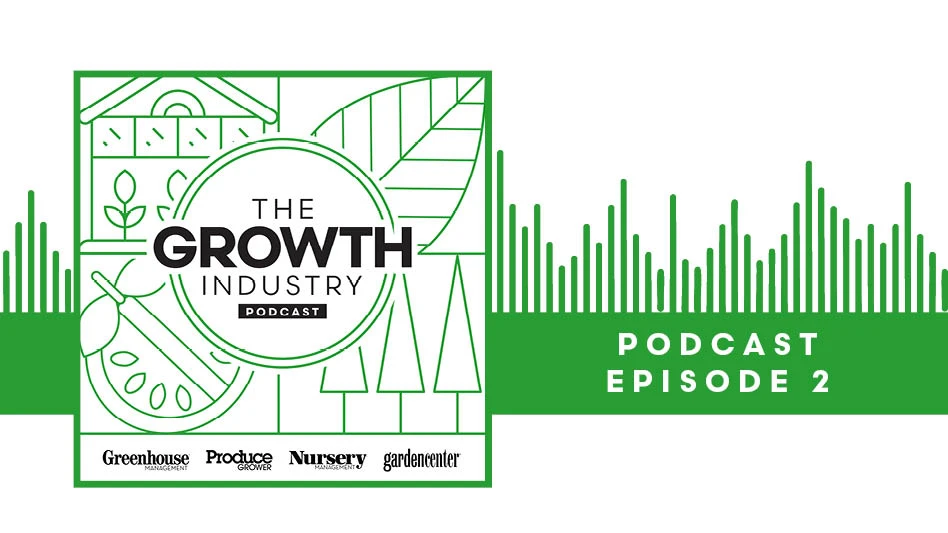Most garden centers have a Web site of some sort. But for many, it’s a bare-bones presence in cyberspace. Updates and upgrades are few and far between.
{sidebar id=45}
It’s a situation common to many small businesses here and abroad. Research by Cambridge-based Internet marketing company Netflare uncovered what it calls “shocking” levels of Web site neglect by small-business owners in the United Kingdom.
The survey, conducted at the end of 2007, covered 19 small-business sectors. The group discovered that 23 percent of Web sites had not been updated since their launch, making much of the content inaccurate, if not obsolete. The average age of Web sites was four years.
Another figure showed that 25 percent of companies had no way of tracking how many sales were made as a result of people visiting their Web sites. This was despite the fact a majority of respondents said they wanted to increase sales with their Web site.
Also, 38 percent had no budget for regular Web updates. Of those that did update their sites, the annual amount spent was £250, roughly $500.
“It seems that once small-business owners have a Web site, they don’t really know what to do with it, so they ignore it,” said Jon Beal, managing director of Netflare.
Must haves
Updating a Web site is no easy feat, though. As technology has evolved, Web sites have become increasingly complex. Some advancements may seem out of reach for independent retailers. Steve Cissel, CEO and founder of Internet publishing company 10-20 Media, said there are five basic elements garden centers should make a part of their Web site.
1. Keyword-driven content. Popular keywords that indicate the products and services you offer drive traffic to your Web site. Terms like “plants” and “gift baskets” are more likely to attract the visitors retailers want. The Web site should have a page dedicated to each of these keywords.
2. Compelling images. Do the images on the page represent the message you’re presenting? Visual cues should play up the benefits of gardening and outdoor living.
“Does the Web site visitor say, ‘I want that!’ after seeing the images?” Cissel said. “Does the page answer the ‘what’s in it for me?’ question with its images?”
3. Geographic parameters. Most Web sites display their business address in the ‘About Us’ section or within a footer that appears on each page. Cissel said this basic information doesn’t always provide terms likely to be entered in a search engine.
He encouraged garden centers to create a secondary footer describing areas served. If your clientele crosses state lines, include the names of neighboring states. Nearby counties, cities and ZIP codes should also be included. And don’t forget any colloquial terms used to describe the area (Philly, West Howard, South Central, etc.).
4. Call to action. Generate leads with e-newsletter sign-up sections, coupon request buttons and other sales tools. These elements should appear on each page of the Web site.
“We know that Internet research influences the majority of in-store sales these days,” Cissel said. “But it is very difficult to measure that influence at the cash register. Your Web site is an interactive publication and should engage its visitors and generate leads for your business.”
5. A budget for buying Web site traffic. Using the tips listed above will help drive traffic to your Web site. But purchasing keywords on search engines and subscribing to directory listings will yield even better results.
To blog or not to blog?
Blogs are another Web element retailers are considering. Many have found these informal Web logs are a good way to build relationships with customers and pass along friendly advice. They don’t necessarily result in sales. Only 2.6 percent of shoppers use blogs when they research purchases, according to a recent survey from JupiterResearch.
“I don’t necessarily think most retailers are ready to blog, but they definitely should be paying much more attention to their Web sites,” said Kurt Fromherz, president of Sunrise Marketing.
In a recent entry on his own blog, Fromherz advised garden centers to keep blogs under consideration for the future. He pointed out several positive aspects of this platform.
“Of course you can also post video feeds, audio tracks, etc.,” he said. “When you think about it, you can create [and distribute] your own TV and radio ads directly to your customers. You have to think about building visitors and readership now. This will create the most important way for you to reach your customers in the future (not that far off).”
For more: Steve Cissel, 10-20 Media, (410) 442-2700; www.10-20media.com. Kurt Fromherz, Sunrise Marketing, (888) 393-4443; www.sunrisemarketing.com.
{sidebar id=3}
- Sarah Martinez
June 2008
Get curated news on YOUR industry.
Enter your email to receive our newsletters.Latest from Greenhouse Management
- Trends: Proven Winners 2025 perennial survey shows strong demand
- Online registration opens for the 2025 Farwest Show
- Sustainabloom launches Wholesale Nickel Program to support floriculture sustainability
- Be the source
- pH Helpers
- Society of American Florists accepting entries for 2025 Marketer of the Year Contest
- American Horticultural Society welcomes five new board members
- Color Orchids acquires Floricultura Pacific, becoming largest orchid supplier in U.S.





